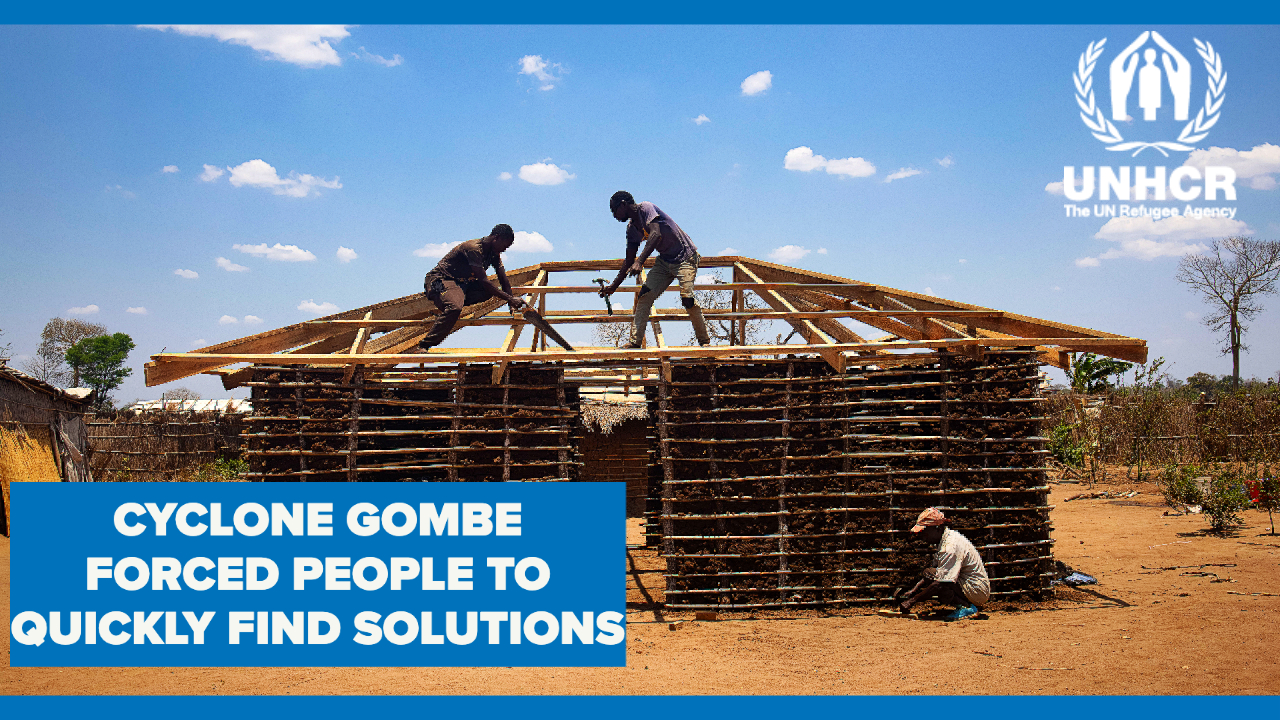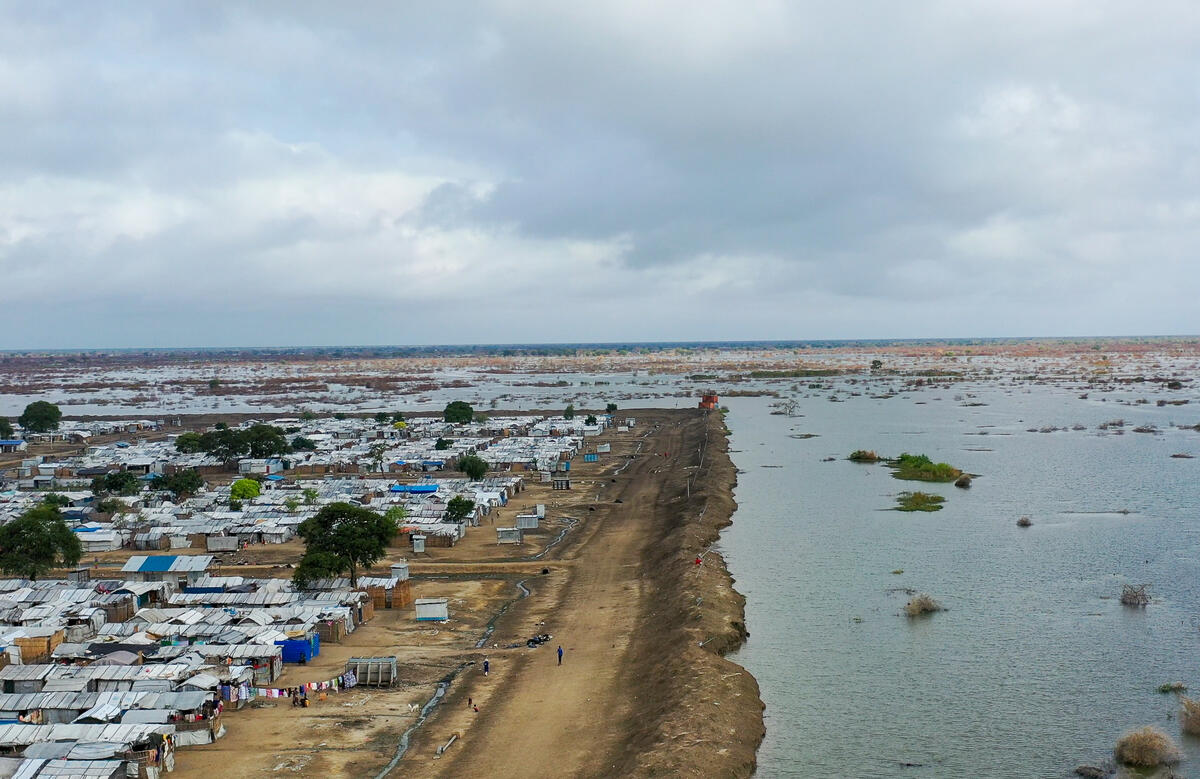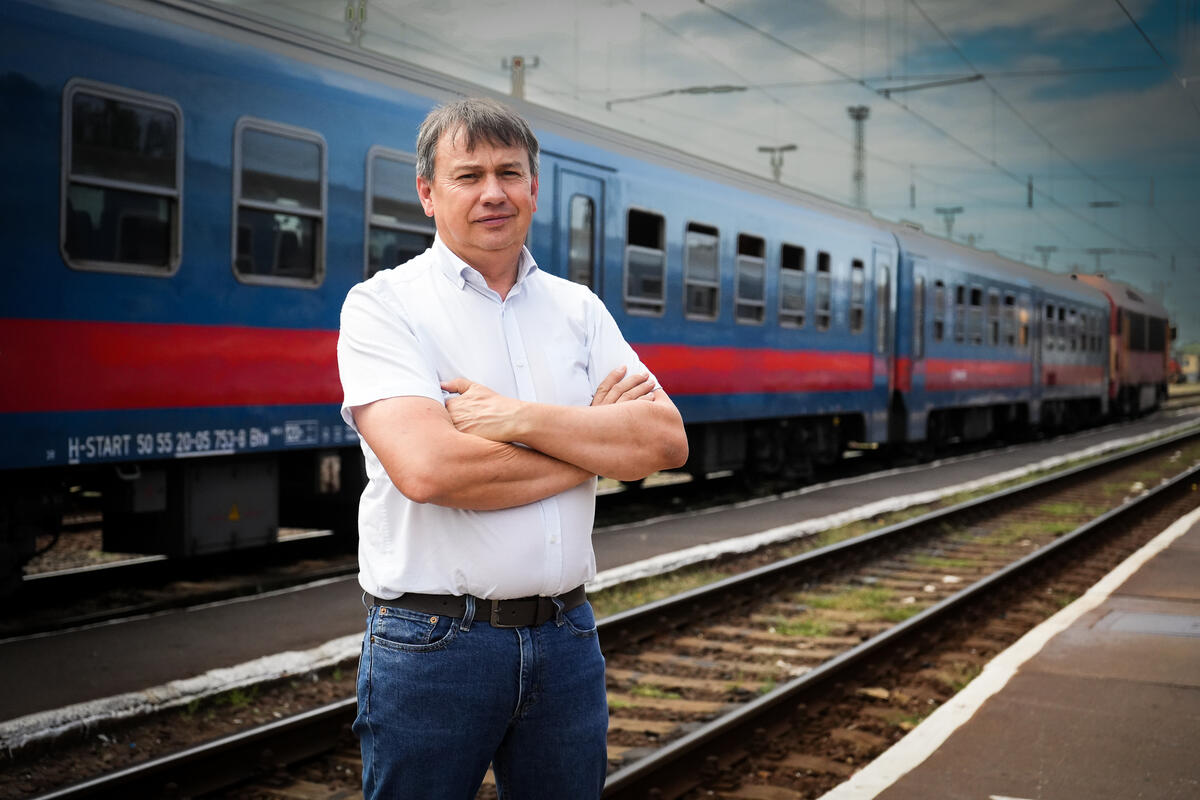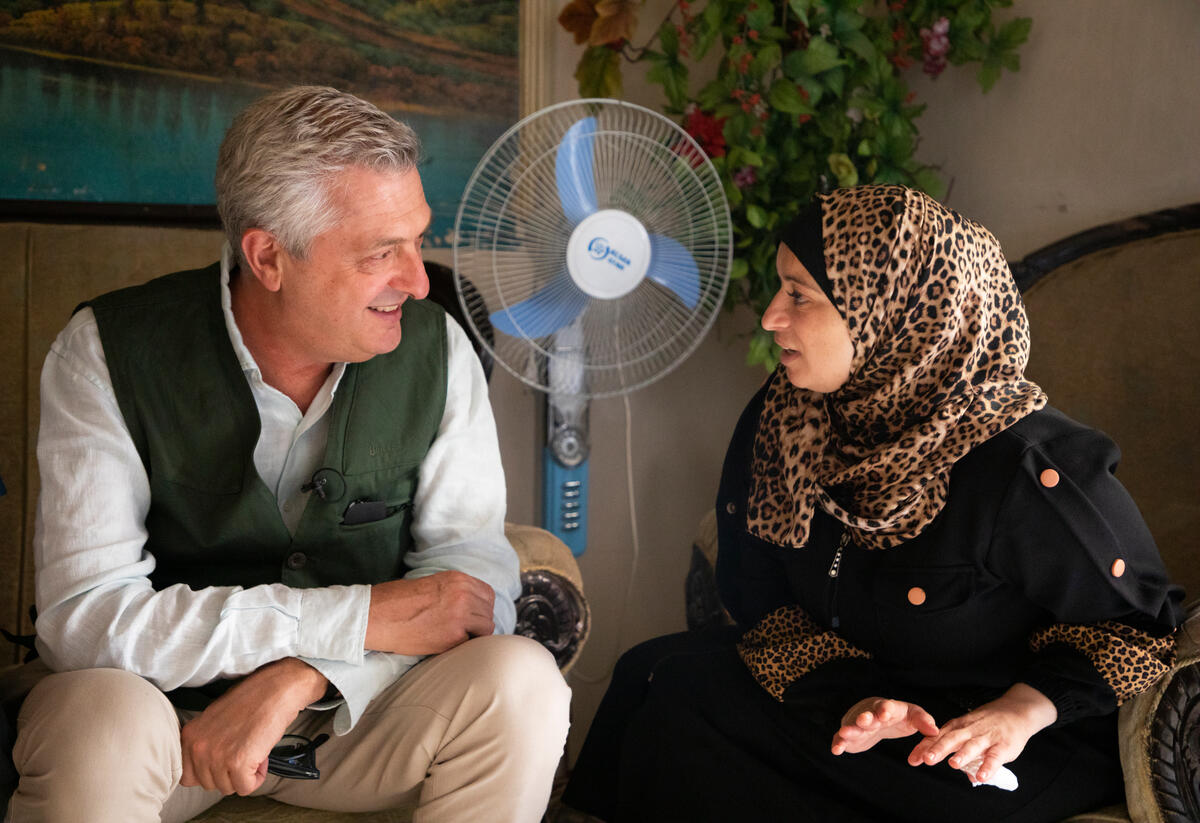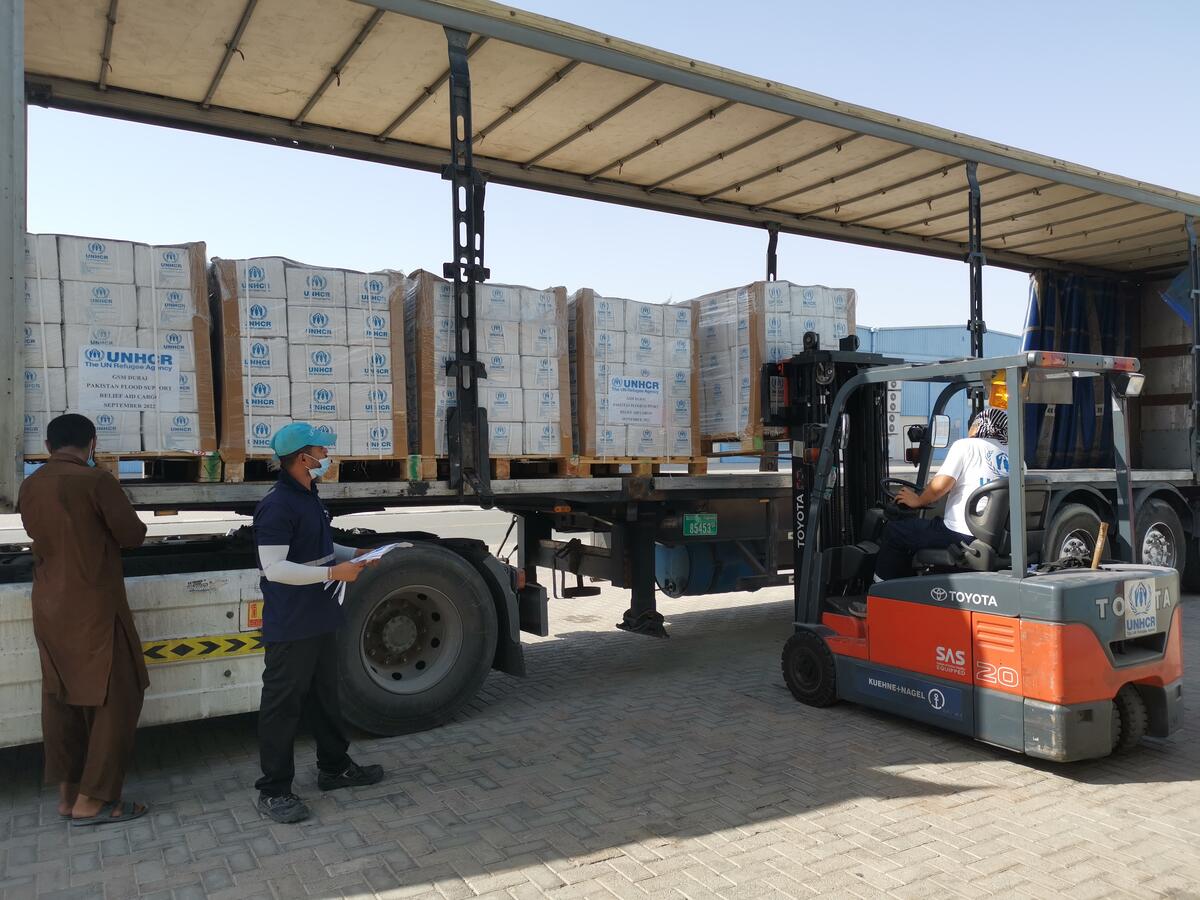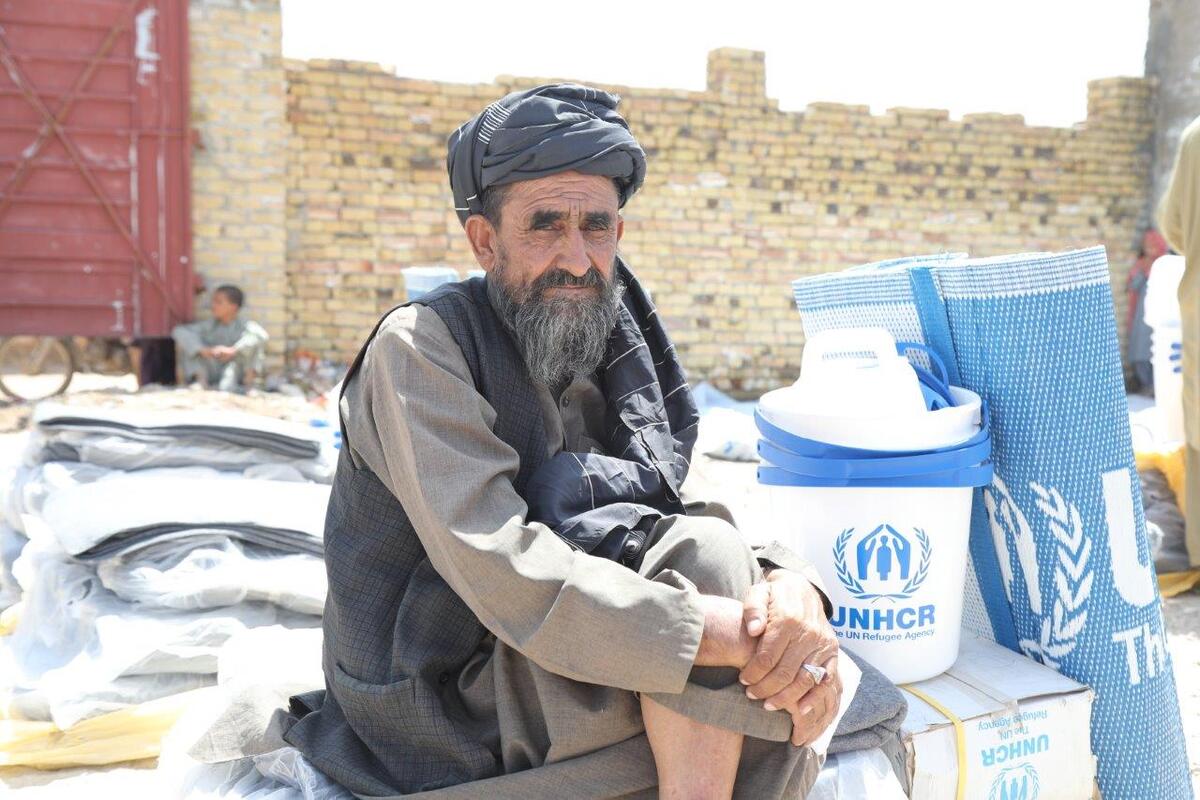Getting aid from the warehouse to the homeless in Sri Lanka
Getting aid from the warehouse to the homeless in Sri Lanka

COLOMBO, Sri Lanka, Jan 19 (UNHCR) - When UNHCR Coordinator Neill Wright arrived in tsunami-stricken Sri Lanka on January 1, he told his staff, "Distribute everything we have in our warehouses. I don't even want to see dust on the shelves."
By then, the refugee agency's warehouse in Colombo was already half empty, having opened its doors three hours after the December 26 tsunami to deliver emergency supplies to the survivors. This central warehouse, along with four others in Vavuniya, Kilinochchi, Jaffna and Batticaloa, has since been restocked through a series of airlifts that brought in much-needed non-food relief items and emergency shelter materials.
"This is not a resource crisis at present, it's a logistical challenge," said Wright. "We have to translate the pledged funds into accelerated action to provide immediate relief on the ground."
So far, UNHCR has distributed plastic sheeting, mats, kitchen sets, clothing and hygiene items to some 130,000 people displaced by the tsunami in Sri Lanka. The refugee agency is using its established distribution network - built up over 18 years to assist people displaced by the conflict - to ensure that the relief aid is dispatched widely and effectively.
In the wake of the tsunami, UNHCR has ordered additional trucks to deliver emergency supplies among its warehouses around the country. "Trucks are hard to hire now because everyone is sending out aid," noted Vladimir Smoljan, who runs the UNHCR field office in Colombo.
The trucks are loaded with relief items and travel by night to avoid traffic. Driving at no more than 30 km/hour on roads that have been ravaged by the conflict and the tsunami, they often take major detours because a bridge is broken or some areas are flooded over. Navigating access to the needy can also mean zigzagging through checkpoints along the way. A typical convoy could easily take 10 hours one way.
Local knowledge helps. While it's tempting to think big when responding to a massive catastrophe like this, sometimes it pays to think small. "On the road from Colombo to Ampara, there is a narrow bridge with a height limit," said UNHCR logistician Roshan Silva. "We had to change our trucks from high tops to low tops just for this route. Otherwise, we would have had to turn back after hours of driving."
Occasionally, airlifts are used in areas that are still inaccessible by road. UNHCR is working with the British Navy Airforce to fly in non-food relief items for 1,500 displaced people in Kallar, which became an island when the tsunami destroyed bridges linking it to Batticaloa and Ampara districts in eastern Sri Lanka.
When the relief items actually arrive on the ground, it is not a free-for-all. The UN refugee agency works closely with other agencies in the area to coordinate aid distribution. In Batticaloa, for example, UNHCR staff distribute shelter and non-food relief items south of the town, while aid workers from UNICEF, Oxfam and the International Committee of the Red Cross distribute in the district's northern and central areas.
"To make sure there are no gaps or overlaps, we meet every morning to exchange information on the previous day's distribution and to plan what's coming up for the day," said Sari Galapo, a UNHCR field officer in Batticaloa.
All the agencies alert each other if they stumble upon previously-undiscovered groups of displaced people, like 600 families found camping near the beach in the Vaharai area last week. UNHCR quickly distributed plastic sheeting and ropes so that the families could set up temporary shelter by tying the tarpaulin to trees.
As another example, the inter-agency team in Batticaloa relays requests from local authorities for specific aid, like mosquito nets or kitchen utensils. A request for plastic mats brought UNHCR to Kaluwanchikuddy, where 340 displaced families were living in Paddiruppu school. Each family representative presented his or her registration slip and received a mat in return. Several people turned up without their slips but received the mats anyway.
"This is not the time to discriminate," said Sunil Thapa, who had been rapidly redeployed to Batticaloa from UNHCR's Mannar office on the west coast, which was not badly affected. "We give to anyone who needs it."
And it was obvious they needed it. The mats were immediately put to use, cushioning napping children from the cold, hard floor of the classrooms, each of which hosted five to six families.
"As long as they sleep better at night, we consider our job done for the day. Tomorrow we start again," said Thapa.
By Vivian Tan in Sri Lanka


